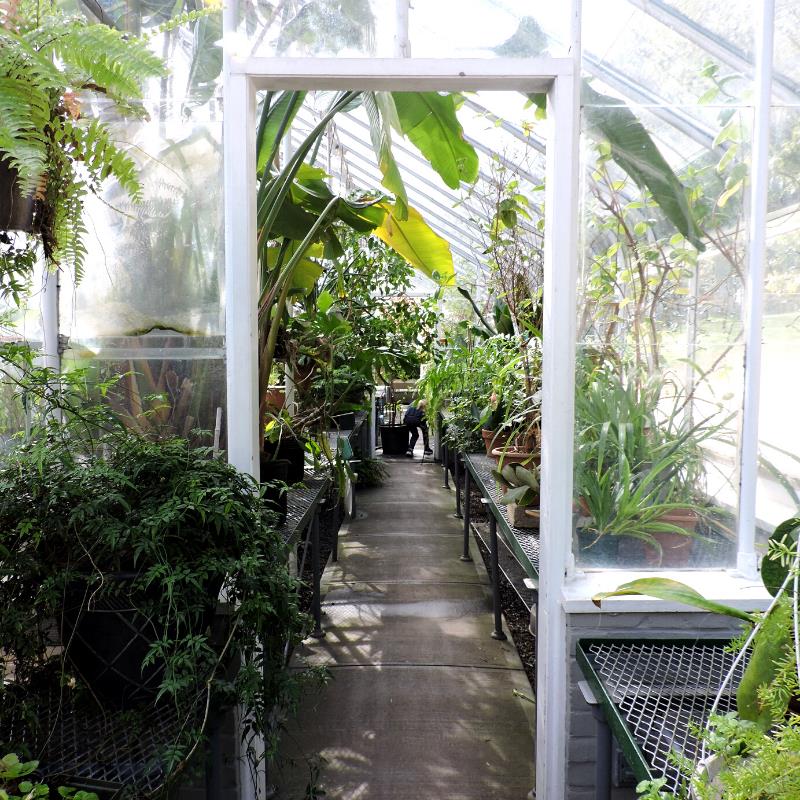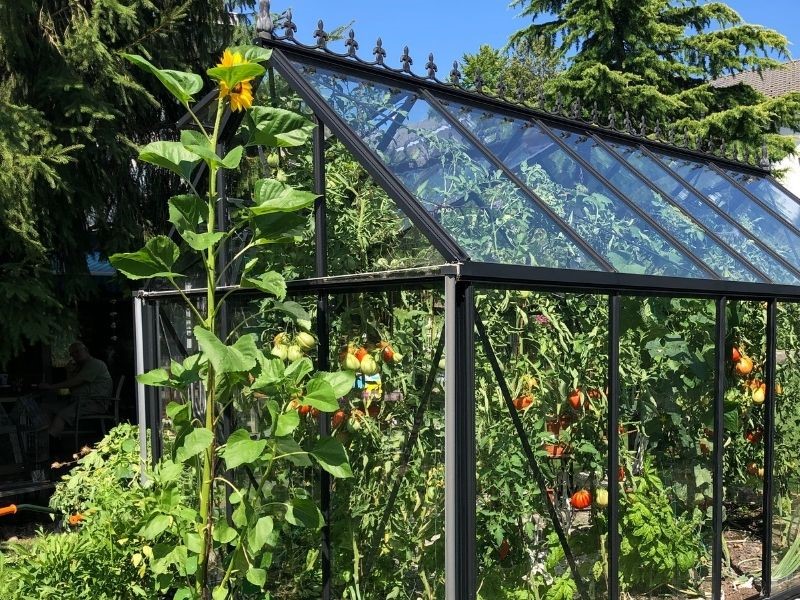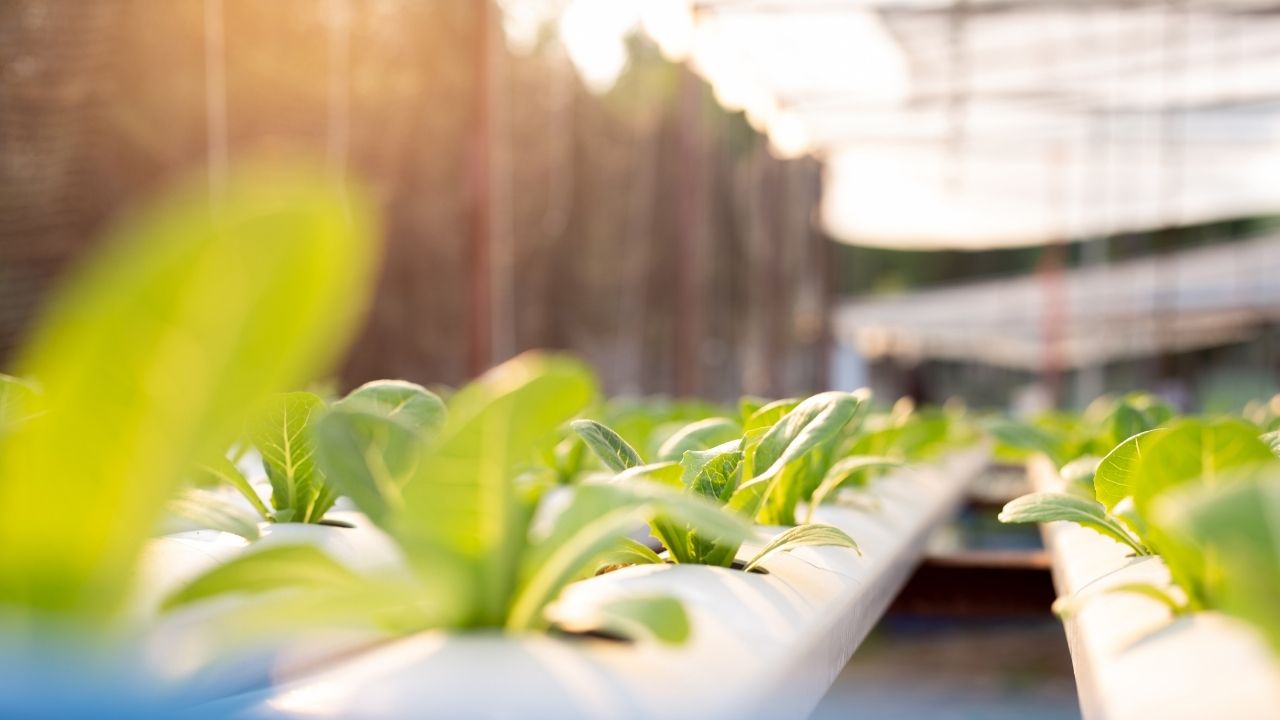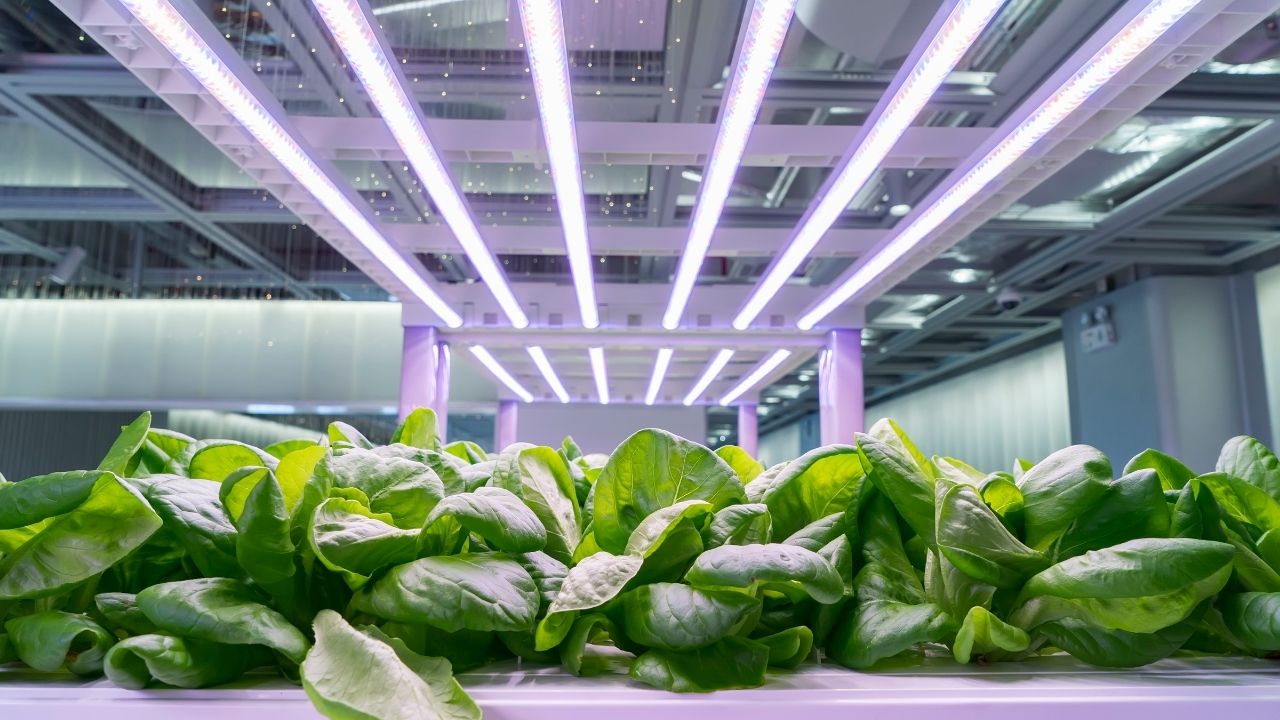
Welcome to 'Unleash Your DIY Skills: A Comprehensive Guide to Garden Fence Installation.'
This informative article provides step-by-step instructions on how to install a garden fence, empowering you to take control of your outdoor space.
From selecting the perfect fence style to measuring the area and buying materials, we will guide you through each stage of the process.
Whether you're a seasoned DIY enthusiast or a novice looking to gain freedom and independence, this guide will equip you with the knowledge to create a beautiful and functional garden fence.
Choosing the Fence Style
When choosing the fence style for your garden, it is essential to carefully consider the specific requirements and aesthetic preferences you have in mind.
There are various options available, each with its own set of advantages and drawbacks. Begin by exploring different fence materials, such as wood, vinyl, metal, or composite.
Wood is a popular choice due to its natural appeal, while vinyl offers durability and low maintenance. Metal fences provide security and can be customized to suit your style. Composite materials combine the best of both worlds, offering the look of wood with the strength of plastic.

Once you've selected the material, think about how you will maintain the fence. Regular cleaning, treating, and repairs will help prolong its lifespan and keep it looking its best.
With these considerations in mind, you can choose a fence style that perfectly complements your garden and meets your needs.
Measuring the Area
To accurately measure the area for your garden fence installation, use a measuring tape or laser measuring device. Start by determining the length of the fence line. Walk along the perimeter of your garden and measure the distance using the measuring tape. Be sure to account for any corners or changes in direction by measuring those separately.
Next, estimate the material quantities you will need. Multiply the length of the fence line by the desired height of the fence to determine the total square footage. This will help you determine how many fence panels or boards you will need.
Additionally, consider any gates or additional features you want to incorporate into your fence and factor those into your material estimates.
Buying Necessary Materials
Once you have accurately measured the area for your garden fence installation, the next step is to purchase the necessary materials.
Before making any purchases, it is important to compare prices from different suppliers to ensure that you are getting the best deal. Start by researching local hardware stores, home improvement centers, and online retailers. Take note of the prices for the materials you need, including fence panels, posts, nails, and any additional accessories.

In addition to comparing prices, it is crucial to find reliable suppliers who offer high-quality materials. Read customer reviews and check for any certifications or guarantees that suppliers may offer. This will help ensure that you are purchasing durable materials that will withstand the test of time.
Once you have identified the best prices and reliable suppliers, you can proceed with purchasing the necessary materials for your garden fence installation.
Marking the Fence Line
After purchasing the necessary materials, the next step in the garden fence installation process is to mark the fence line. Proper measurements are crucial to ensure that the fence is installed accurately and meets your specific requirements. Here are three important factors to consider when marking the fence line:
- Importance of proper measurements: Taking accurate measurements is essential to ensure that the fence is straight and level. This will not only enhance the overall appearance of your garden but also provide structural stability.
- Tools and techniques for marking the fence line accurately: To mark the fence line, you will need a measuring tape, stakes, and a string. Use the measuring tape to determine the desired height and length of the fence. Place stakes at the corners and stretch a string between them, ensuring it is level and tight. This will serve as a guide for the fence installation.
Digging Post Holes
The next step in the garden fence installation process is digging post holes, which is essential for securing the fence and ensuring its stability. Before you begin, it's important to determine the appropriate post hole depth and spacing.
The depth of the hole will depend on the height of your fence. As a general rule, the post hole should be at least one-third of the total height of the post. For example, if your fence is 6 feet tall, the post hole should be at least 2 feet deep.
As for the spacing, it's typically recommended to place the posts approximately 6 to 8 feet apart. However, you may need to adjust the spacing based on the specific requirements of your fence design.
Remember to measure and mark the locations of each post hole before proceeding to dig.

Frequently Asked Questions
How Do I Determine the Best Height for My Garden Fence?
When determining the best height for a garden fence, there are several factors to consider. These include the intended purpose of the fence, the level of security and privacy desired, and any local regulations or restrictions. By carefully considering these factors, you can ensure that your garden is properly protected and secluded.
What Are the Different Types of Gate Options Available for Garden Fences?
There are several types of gate options available for garden fences, including swing gates, sliding gates, and pedestrian gates. These gates can have different types of locking mechanisms, such as padlocks, key locks, or electronic locks. When choosing the right material for your garden gate, consider factors like durability, security, and aesthetics.
How Do I Deal With Uneven Terrain When Installing a Garden Fence?
When dealing with sloped ground during garden fence installation, it is important to choose the right materials that can accommodate uneven terrain. This will ensure a sturdy and aesthetically pleasing fence that is properly aligned with the contours of the land.
Are There Any Specific Regulations or Permits Required for Garden Fence Installation in My Area?
Permit requirements and local regulations for garden fence installation vary by area. It is important to research and comply with any necessary permits or regulations before beginning your project to ensure legal compliance and avoid potential penalties or fines.
What Are Some Common Maintenance Tasks I Should Perform to Keep My Garden Fence in Good Condition?
To keep your garden fence in good condition, regular maintenance tasks include garden fence staining to protect against weather damage and prevent pest damage. This step-by-step guide will provide you with detailed instructions on how to perform these tasks effectively.






